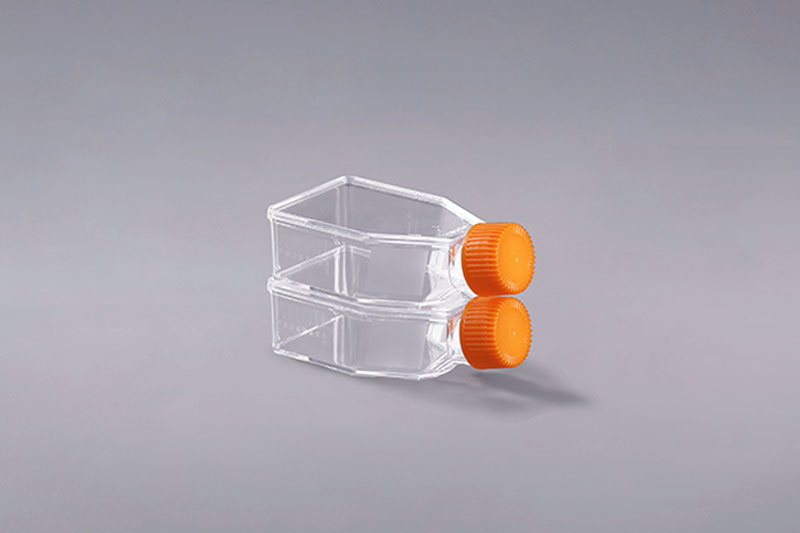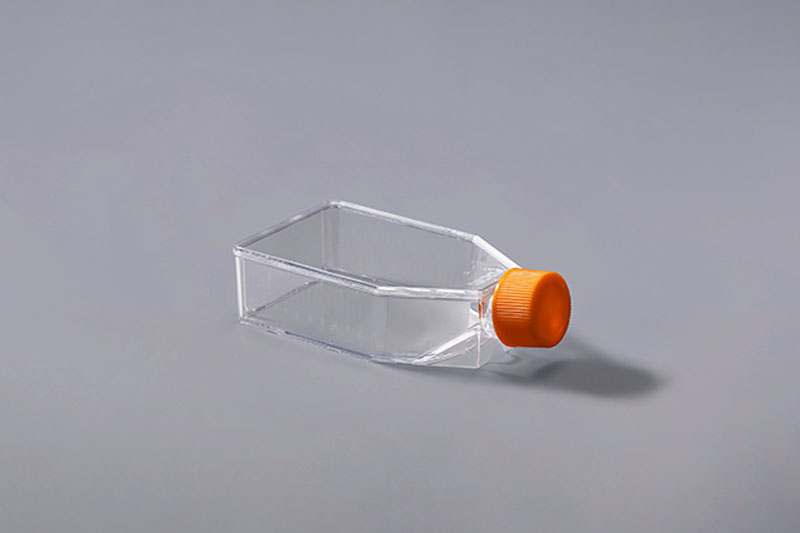There are many problems when using cell culture flasks to culture cells, such as cell non-adherence, cell contamination, cell death, etc. Among them, precipitation in cell culture flasks is also a common situation, which may be related to metal supplements.
Metal ions such as copper, iron, and zinc are required for cell growth and are important supplements to serum-free media. The absence of other serum components in the culture system may lead to the precipitation of these metals, creating a toxic environment for the cells. At higher pH (generally >8), carbonate and hydroxide ions and copper ions, phosphate and hydroxide ions and iron ions, carbonate, phosphate and hydroxide ions and zinc ions , hydroxide ions and magnesium ions are easy to form insoluble precipitates; under oxidative conditions, copper and zinc are more likely to precipitate, which is the precipitate we see in cell culture flasks.
So how do we avoid the precipitation caused by metal supplements? We can add iron-binding protein to transfer protein, or add buffer to avoid changes in osmotic pressure, and add mannitol or pyruvate to the medium to bind peroxidation. Hydrogen to reduce oxidative stress as much as possible.
In short, if there is precipitation in the cell culture flask, don't panic, analyze and find out the cause, and formulate corresponding measures can greatly reduce the appearance of precipitation and ensure the good growth of cells.
The FAI climbed 5.9 percent year-on-year in the first 11 months of 2018, quickening from the 5.7-percent growth in Jan-Oct, the National Bureau of Statistics (NBS) said Friday in an online statement.
The key indicator of investment, dubbed a major growth driver, hit the bottom in August and has since started to rebound steadily.
In the face of emerging economic challenges home and abroad, China has stepped up efforts to stabilize investment, in particular rolling out measures to motivate private investors and channel funds into infrastructure.
Friday's data showed private investment, accounting for more than 60 percent of the total FAI, expanded by a brisk 8.7 percent.
NBS spokesperson Mao Shengyong said funds into weak economic links registered rapid increases as investment in environmental protection and agriculture jumped 42 percent and 12.5 percent respectively, much faster than the average.
In breakdown, investment in high-tech and equipment manufacturing remained vigorous with 16.1-percent and 11.6-percent increases respectively in the first 11 months. Infrastructure investment gained 3.7 percent, staying flat. Investment in property development rose 9.7 percent, also unchanged.
 English
English




















































